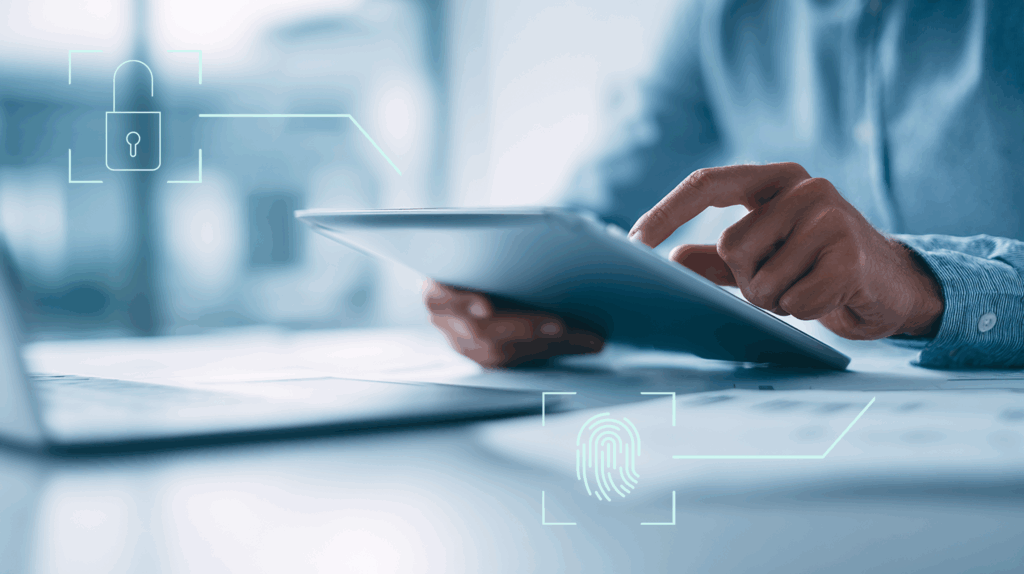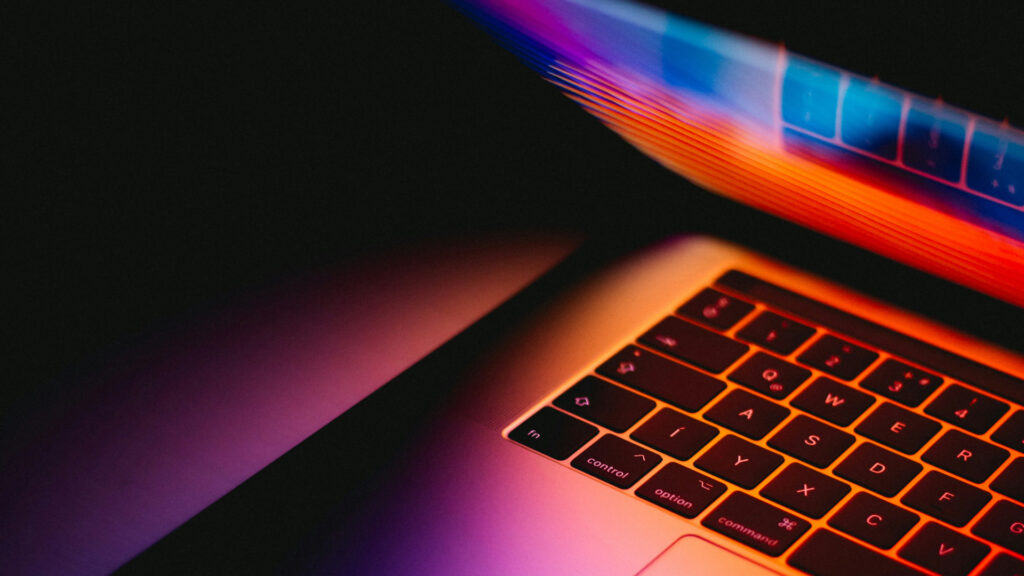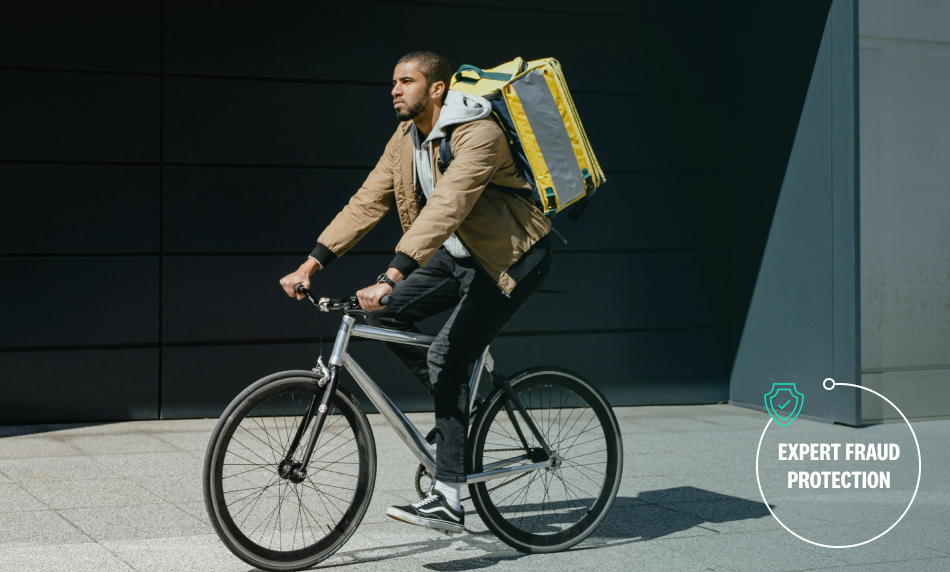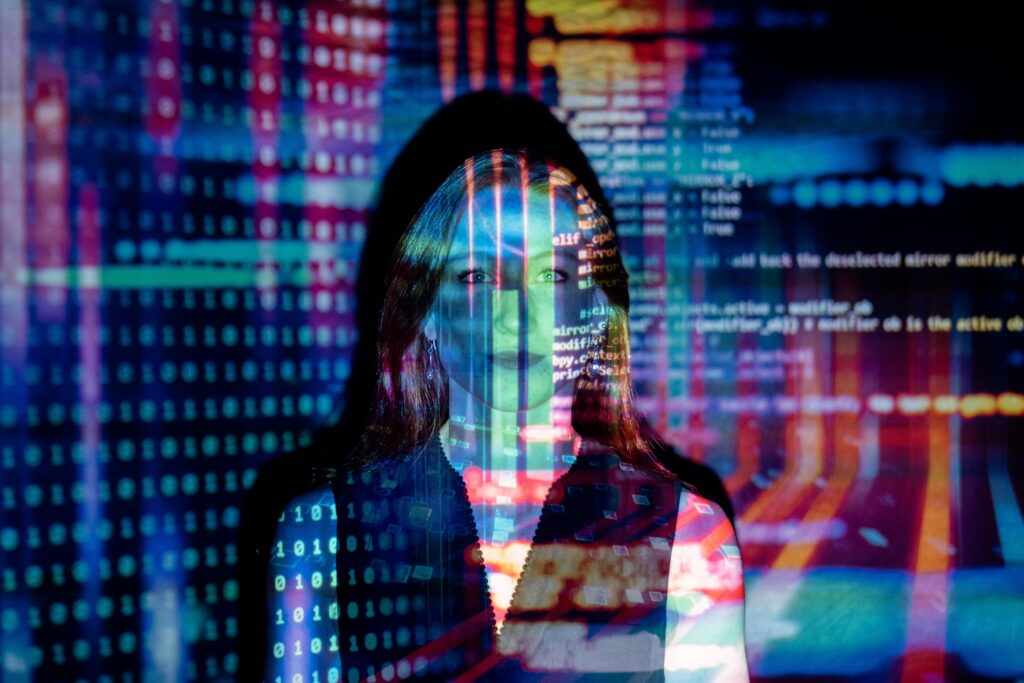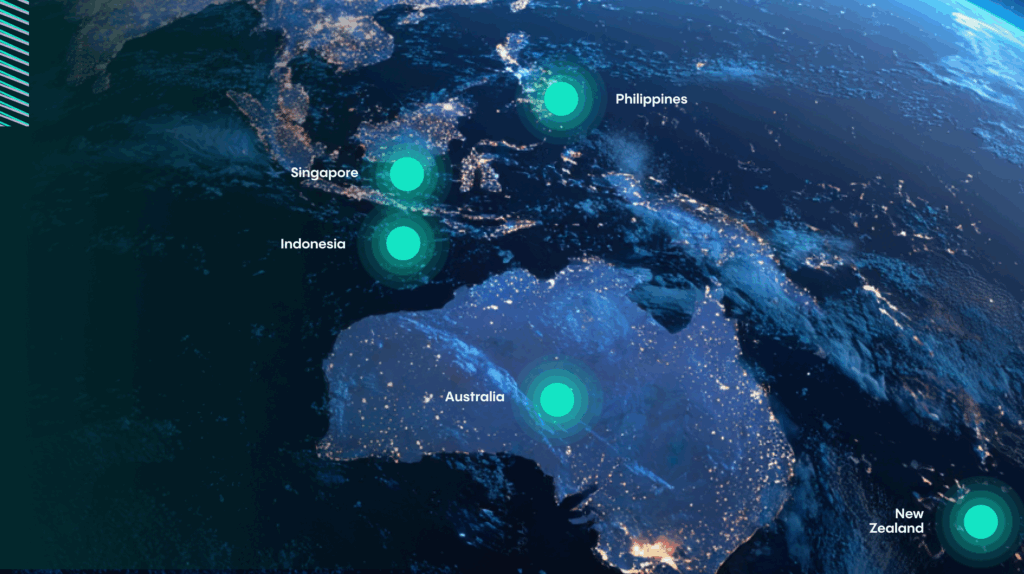IDV Article
Is your user real? Why Biometric Liveness is the new standard in fraud prevention
In the digital age, verifying identity isn’t enough—you need to verify presence. A selfie and an ID might look perfect, but could it be a deepfake or someone else entirely?

Imagine this: You’re onboarding a new customer. They upload a photo of their ID. They snap a selfie. It all looks perfect. But is the person behind that screen actually who they say they are? Or are they holding up a high-resolution photo of someone else? Even worse, are they using a deepfake so sophisticated that the human eye can’t tell the difference?
In the digital age, verifyng identity isn’t enough. You need to verify presence.
This is where biometric liveness detection comes in. It’s no longer just a “nice-to-have” feature; it’s the frontline defense against a new wave of AI-powered fraud. According to the Veriff Fraud Index 2025, the threat landscape is shifting rapidly, and businesses that fail to adapt risk losing both revenue and trust.
The rising tide of AI and deepfake fraud
We are living in an era where fraudsters have access to enterprise-grade technology. The barriers to entry for creating convincing fake identities have crumbled. Generative AI can now produce synthetic faces that look frighteningly real, and “injection attacks” allow bad actors to bypass cameras entirely by feeding pre-recorded videos directly into a data stream.
The data from the Veriff Fraud Index 2025 paints a stark picture of this reality:
- 78.65% of global respondents reported being targeted by deepfake or AI-generated fraud at least once in the past 12 months.
- More than 25% have seen such attacks on at least three occasions.
- 46.05% of consumers are now “very” or “extremely” scared by the potential of AI fraud.
The days of simple phishing emails are evolving into sophisticated biometric attacks. If your identity verification system can match a face to an ID but can’t determine if that face is a live human being present at the moment of capture, your door is wide open to these advanced threats.

Uncover the latest fraud trends and benchmarks.
Download your free Report now!
What is Biometric Liveness Detection?
Biometric liveness detection is the technology that answers the critical question: Is this a real person, right now?
It distinguishes between a live human face and a spoofing attempt. Spoofing attempts, often called “presentation attacks,” can take many forms:
- Static images: Holding a photo up to the camera.
- Video replays: Playing a video of the victim on a screen.
- 3D Masks: Wearing a realistic mask to mimic the victim’s face.
- Deepfakes: Using AI to swap faces or generate synthetic video in real-time.
Veriff’s solution utilizes passive liveness detection. Unlike active liveness, which asks users to perform awkward tasks like turning their head or blinking on command (which adds friction and causes drop-offs), passive liveness works invisibly in the background. It analyzes the image capture for subtle cues—like skin texture, micro-movements, and depth—that indicate genuine human presence, ensuring the user is real without ruining their experience.
Consumer demand: Security over convenience
There is a common misconception that adding security layers kills conversion rates. The assumption is that users want the fastest possible sign-up process, regardless of the risks.
However, the Fraud Index 2025 flips this narrative on its head. Consumers are increasingly aware of the dangers of online fraud, and they are demanding that platforms protect them.
- 97% of respondents believe security measures like ID verification and selfies are important when signing up for financial services.
- 75% consider a company’s fraud prevention record before signing up.
- 73.6% are comfortable using facial recognition technology to access accounts.
The data is clear: Trust is the new currency. Users are willing—and even eager—to undergo biometric checks if it means their data and finances are secure. They understand that a platform asking for a selfie isn’t just adding a hurdle; it’s building a fortress around their identity.
A multi-layered approach to security
Relying on a single defense mechanism is risky. Effective fraud prevention requires a multi-layered strategy that combines document verification, biometric analysis, and behavioral insights.
Veriff addresses this through a comprehensive suite of tools designed to catch even the most sophisticated attacks:
1. Presentation attack detection
This is the core of liveness detection. It identifies when a user is trying to fool the camera with physical props like photos, screens, or masks. By analyzing the biometric characteristics of the selfie, the system ensures the subject is physically present.
2. Injection attack prevention
Sophisticated fraudsters often try to bypass the camera hardware entirely, “injecting” fake video streams directly into the verification process. Veriff’s secure software development kits (SDKs) are designed to detect and block these digital manipulations, ensuring the data stream comes from a genuine camera sensor.
3. Cross-linking and behavioral risk
Biometrics don’t exist in a vacuum. Veriff’s CrossLinks technology analyzes data across its global network. It can spot if the same device, IP address, or face has been used in fraudulent attempts across different industries. Even if a deepfake is technically perfect, behavioral patterns—like velocity of sign-ups or device anomalies—can still raise red flags.
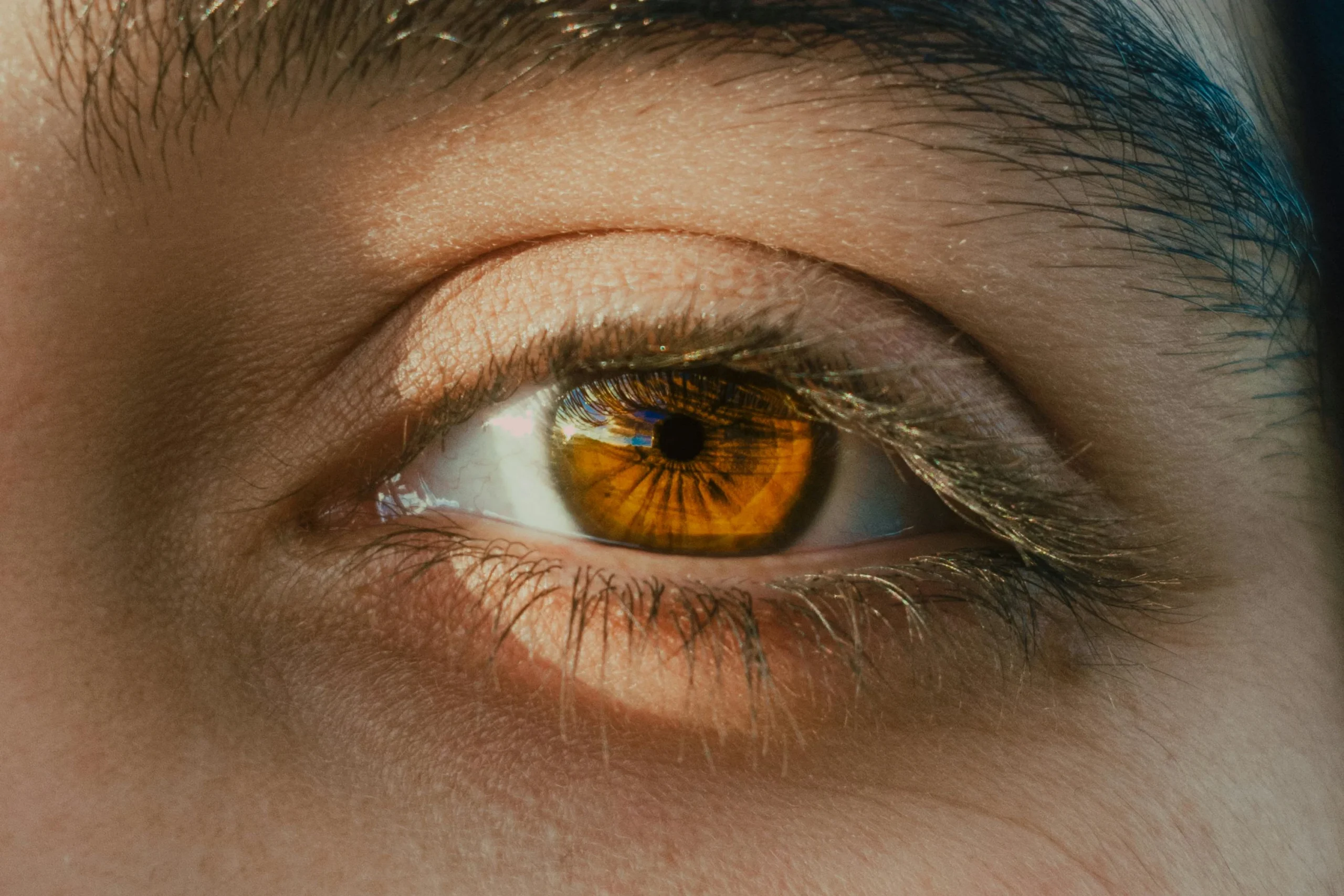
The future is secure (If you verify)!
As AI tools become more accessible, the volume and sophistication of fraud will only increase. The Fraud Index 2025 shows a 21% year-on-year increase in online fraud, a trend that shows no signs of slowing down.
For businesses, the message is urgent. Implementing robust biometric liveness detection is not just about compliance or loss prevention; it’s about survival in a digital ecosystem teeming with synthetic identities.
By integrating passive liveness detection, you effectively shut the door on bots, deepfakes, and bad actors, while keeping the door open for legitimate customers. You provide the security your users are demanding without sacrificing the seamless experience they expect.In the battle against AI fraud, knowing who is on your platform is important. Knowing they are real is everything.




